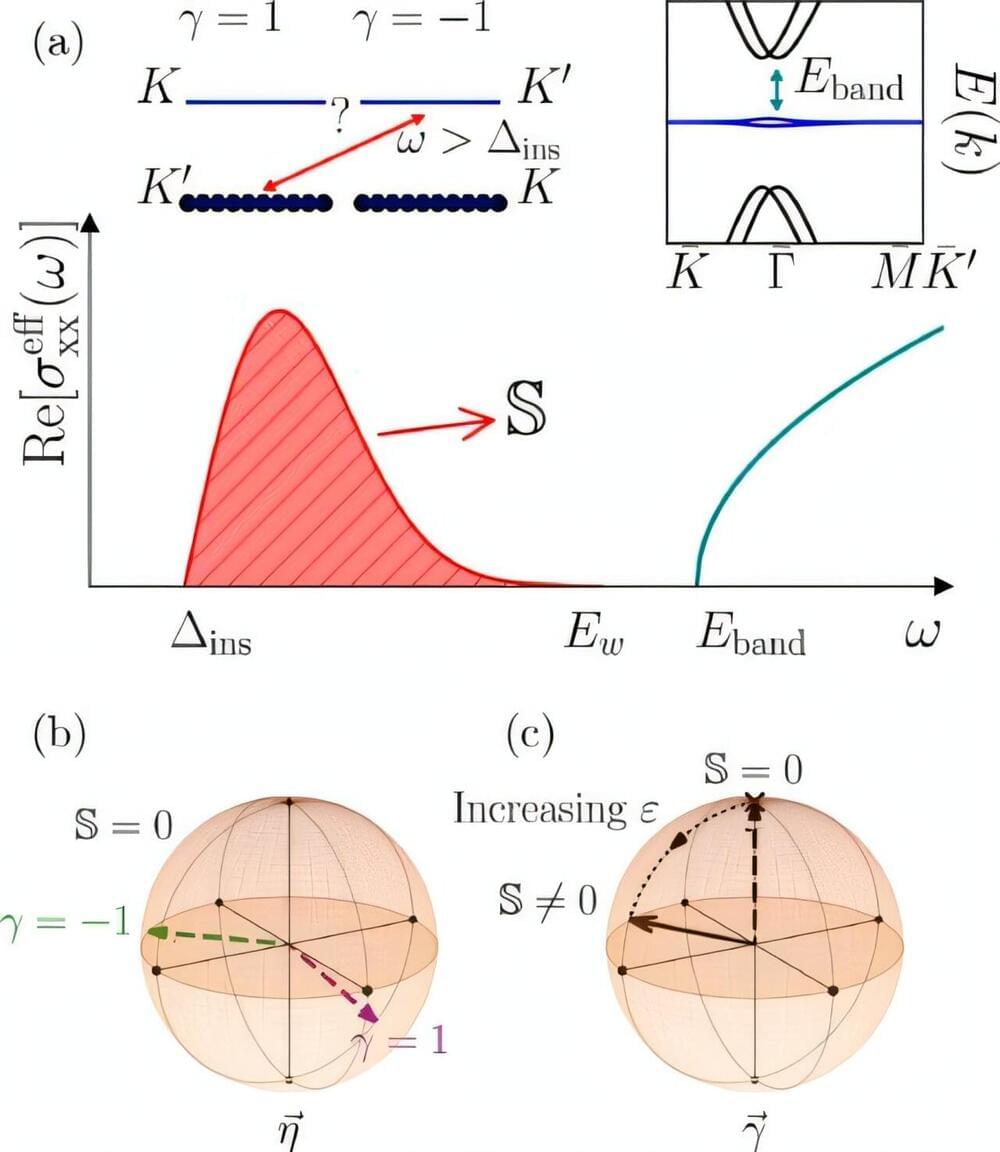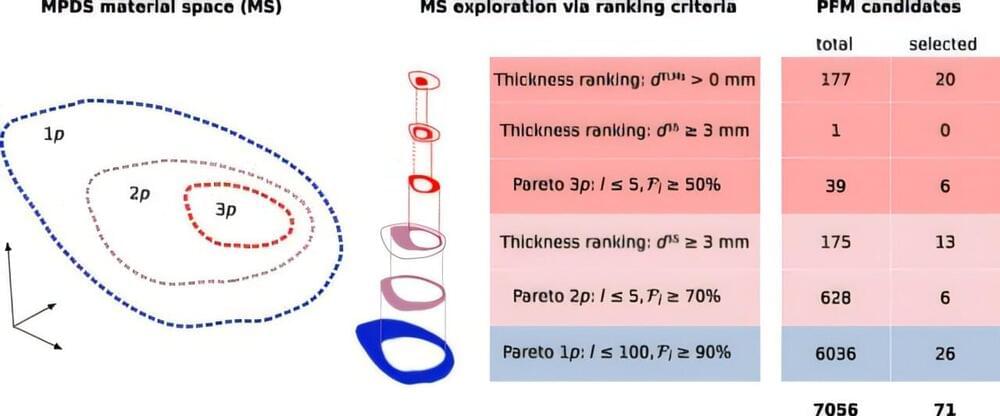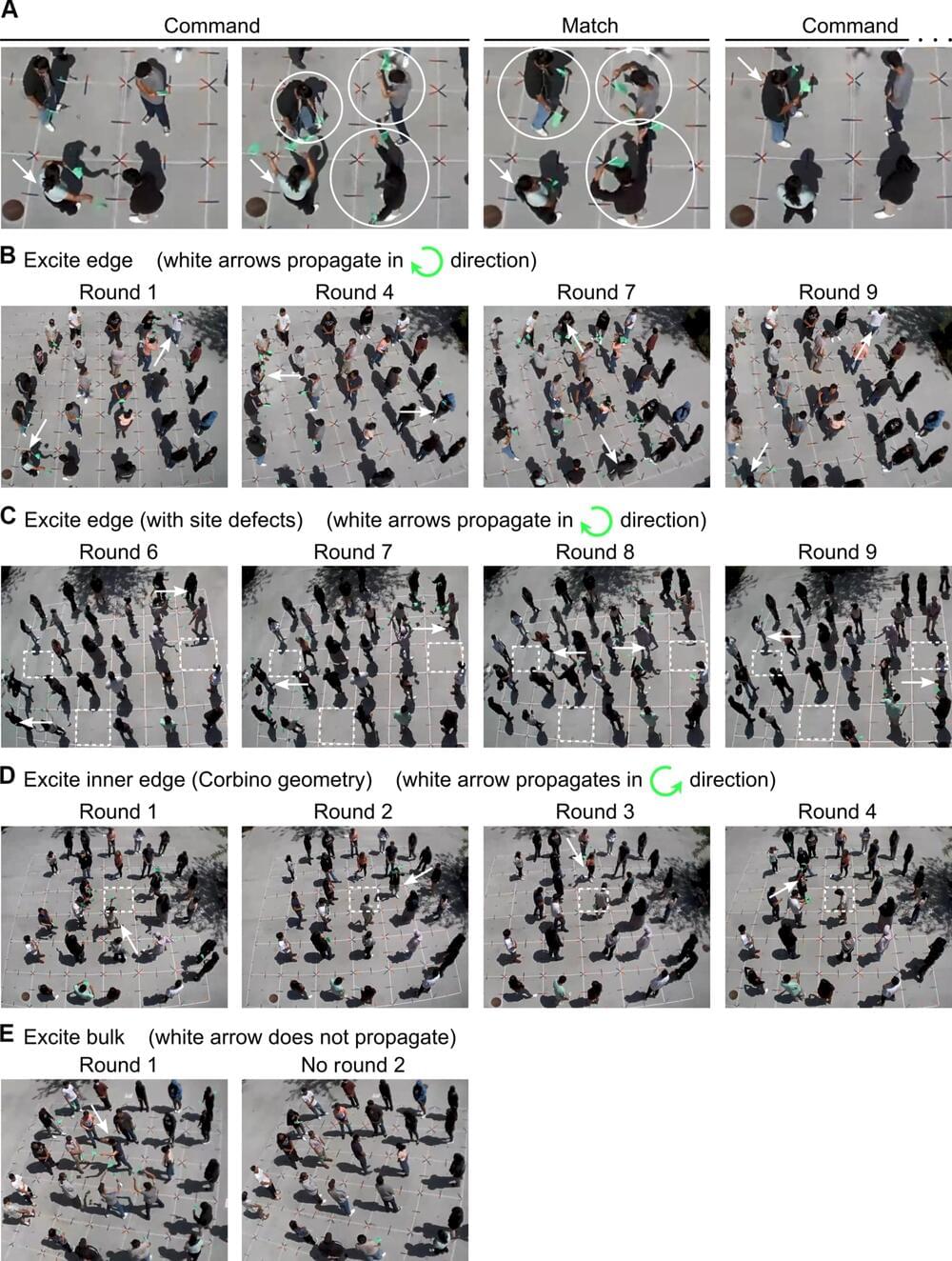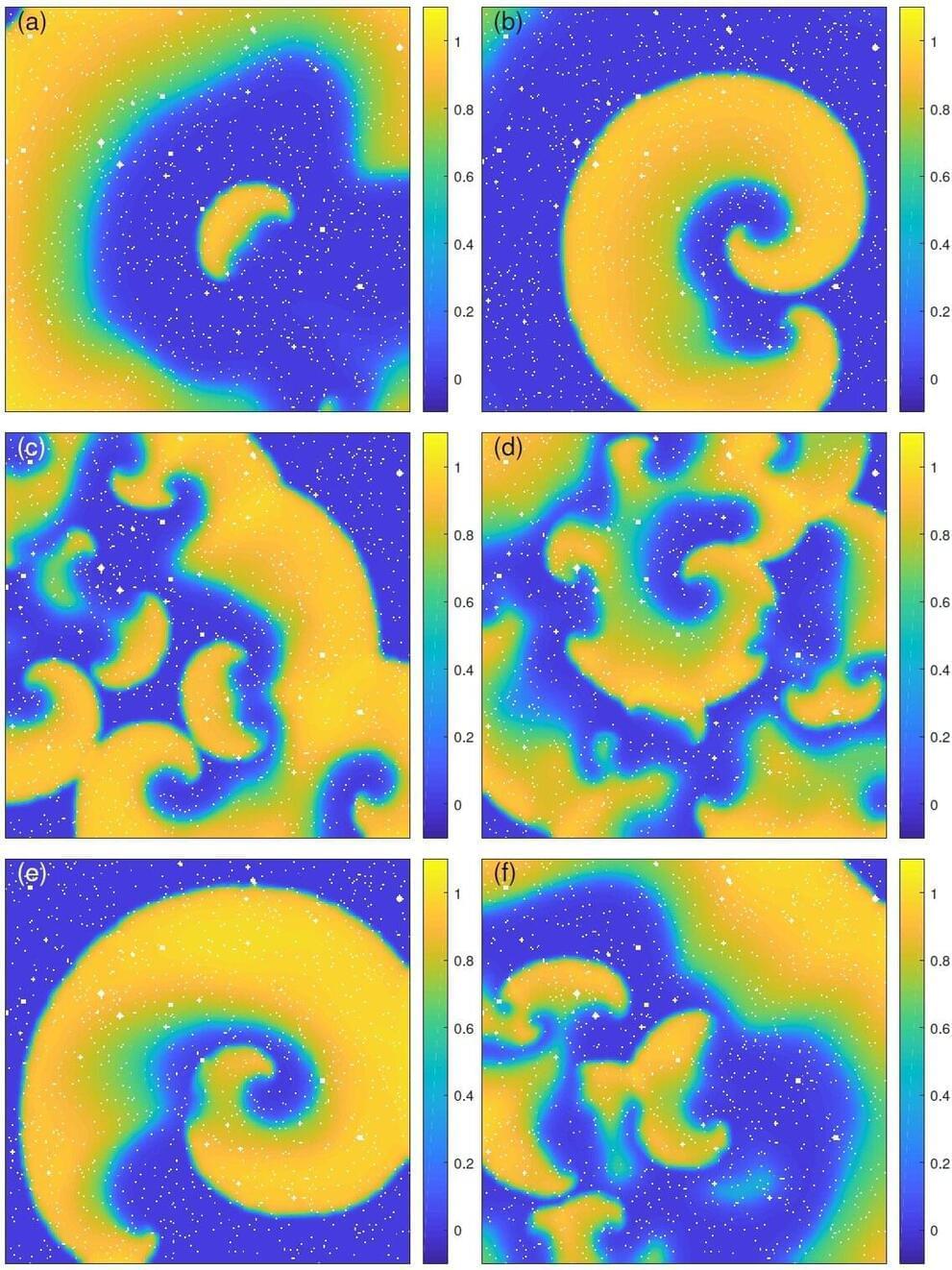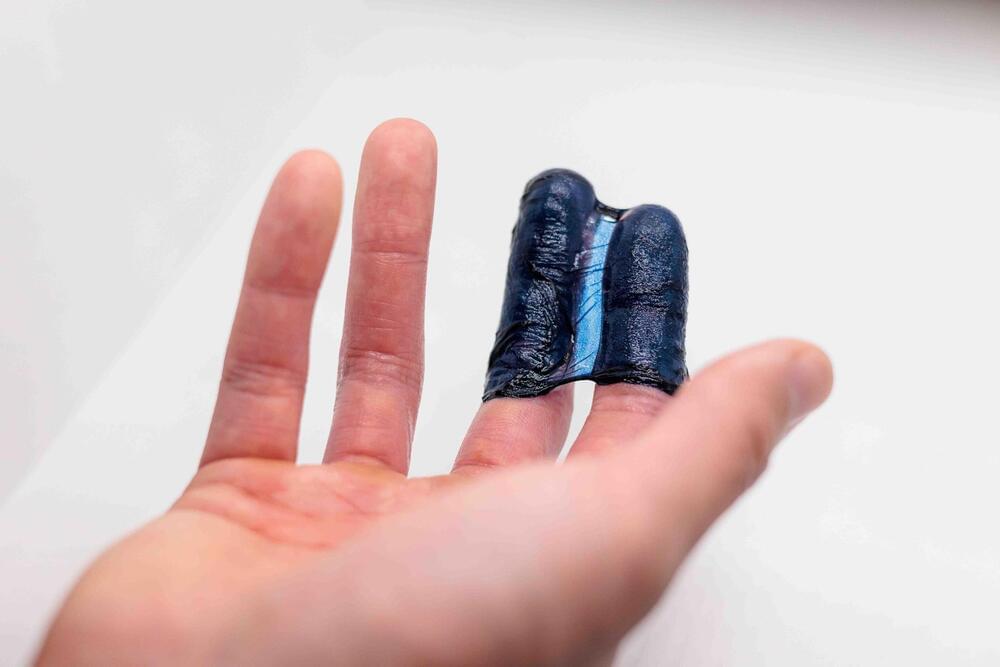The polarization of light finds practical application in physics and chemistry through the optical activity phenomenon, where polarimeters play a crucial role. This research builds on the improvised polarimeter designed by Kvittingen and Sjursnes, implemented with relevant modifications, to measure optical rotations of over-the-counter ascorbic acid samples. The study aims to assess the purity of two brands of ascorbic acid through polarimetry, comparing the calculated specific rotation with the literature values and supplementing the characterization with melting point determination. The constructed polarimeter, assembled using Lego bricks, provides an affordable alternative for educational purposes, addressing the challenges observed in the accessibility of commercial polarimeters for classroom demonstrations. The methodology encompasses pre-experiment steps involving polarimeter construction, the experiment utilizing polarimetry and complementary melting point determination, and post-experiment analysis to determine specific rotation from the measured optical rotations. Results indicate that Brand X exhibited specific rotations close to theoretical values, inferring high purity. Conversely, Brand Y shows significant deviations, suggesting potential impurities. These conclusions are supported by melting point data. The comprehensive approach combining polarimetry and melting point determination enhances the reliability of purity assessments, showcasing the effectiveness of the improvised polarimeter in practical applications.
R J M Felicidario and R M delos Santos 2024 J. Phys.: Conf. Ser. 2,871 012009.

